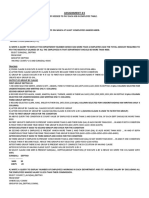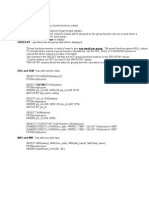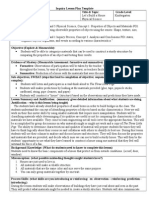0% found this document useful (0 votes)
33 views27 pagesLecture08 - IDB (Group Functions)
This document provides an overview of aggregate functions in SQL, including types such as AVG, COUNT, MAX, MIN, and SUM. It explains how to use the GROUP BY and HAVING clauses to group and filter data, as well as the importance of handling null values. Additionally, it covers the order of evaluation for SQL clauses and provides references for further reading.
Uploaded by
mirmaruf20212022Copyright
© © All Rights Reserved
We take content rights seriously. If you suspect this is your content, claim it here.
Available Formats
Download as PPTX, PDF, TXT or read online on Scribd
0% found this document useful (0 votes)
33 views27 pagesLecture08 - IDB (Group Functions)
This document provides an overview of aggregate functions in SQL, including types such as AVG, COUNT, MAX, MIN, and SUM. It explains how to use the GROUP BY and HAVING clauses to group and filter data, as well as the importance of handling null values. Additionally, it covers the order of evaluation for SQL clauses and provides references for further reading.
Uploaded by
mirmaruf20212022Copyright
© © All Rights Reserved
We take content rights seriously. If you suspect this is your content, claim it here.
Available Formats
Download as PPTX, PDF, TXT or read online on Scribd
/ 27






















































































